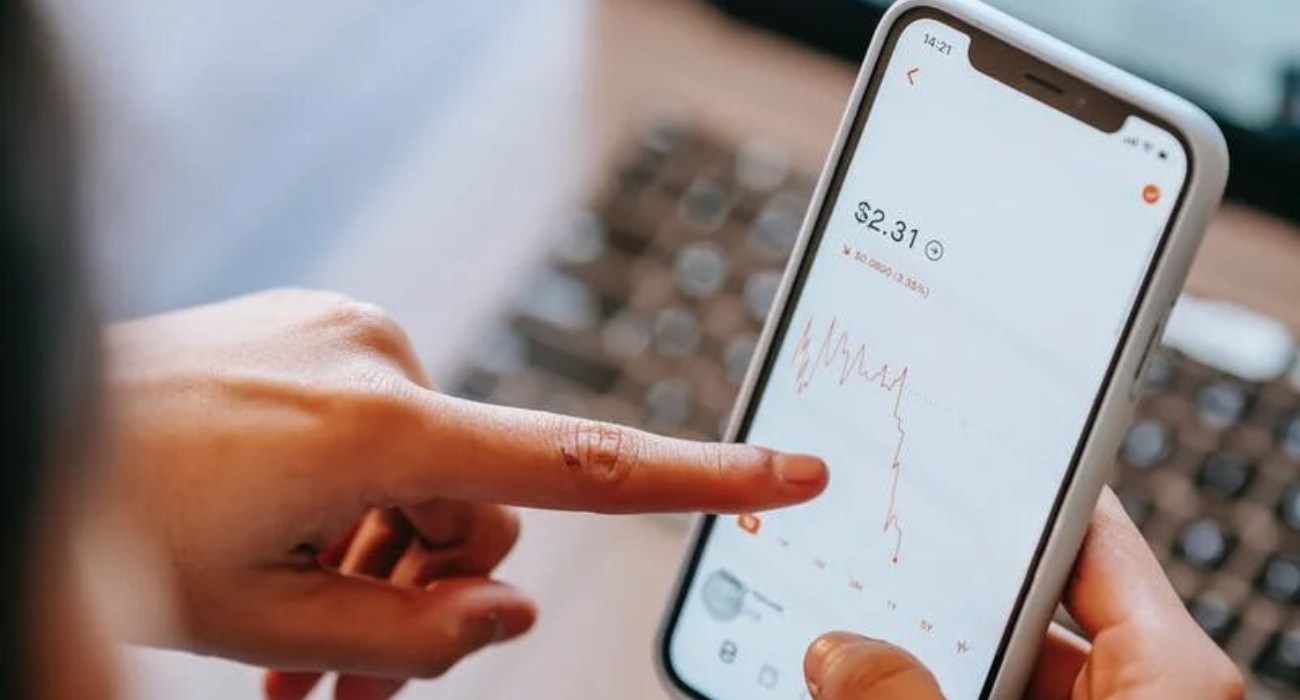because forex usually offers much greater leverage than stocks. While many traders have heard the word "leverage," few know the definition, how leverage works and the effect it has.
In this article, we will look at the intricacies of using leverage in trading and understand why using leverage in your forex trading strategy can be risky.
What is Forex Leverage?
Forex leverage is a method that allows traders to "borrow" capital to gain a larger share of the forex market with a relatively small deposit. This allows traders to increase potential profits as well as losses.
The forex market offers some of the lowest margin rates compared to other leveraged assets. Leveraged trading is done on margin, with margin rates as low as 3.3%. The 3.3% margin rate can also be referred to as a 30:1 leverage ratio. This means that you can open a position for an amount 30 times the value of the deposit required to open a trade.
Leverage and Margin in Forex
Margin is the amount of money required to open a leveraged trade. When trading Forex on margin, you only need to pay a percentage of the full value of the position, which acts as a deposit. Margin requirements may vary from broker to broker but start at about 3.3% for the most traded currency pairs, such as EUR/USD, USD/JPY, and GBP/USD.
Margin Call in Forex
Any deposits used to maintain open positions are held with the broker and are referred to as "used margin". Any available funds for opening further positions are referred to as "available capital" or if expressed as a percentage, as the "margin level".
A margin call occurs when the margin level falls below a predetermined value at which you risk liquidating your positions. A margin call should be avoided because it locks in any loss to the trader, so you should constantly monitor your margin levels. Traders can also reduce the likelihood of a margin call by using risk management techniques.
Leverage Calculator for Forex
Calculating Forex leverage helps traders determine how much capital they need to open a new position as well as manage their trades. It also helps them avoid margin calls by determining the optimal position size.
The formula for leverage in forex is as follows:
L = A / E
L is your leverage, E is your margin (equity) and A is your asset size.
You can also start with the amount of margin and apply the leverage ratio to determine the size of the position. In this case, the formula would look like this: A = E.L. Thus, multiplying the amount of margin by the leverage ratio will give the asset size of the trader's position.
The Risks of Leverage in Forex Trading
Trading with the use of leverage can be seen as a way to increase profits in the Forex market, but also increase the risks. For this reason, having an effective risk management strategy is a prerequisite for use. Forex brokers with high leverage typically provide basic risk management tools, including the following list, which can help traders manage their risks more effectively.
Stop Loss Orders
Some of them include:
- A simple stop loss order is designed to limit your losses in an unfavorable market by closing a trade that moves against you. Essentially, you determine the amount you are willing to risk in a given trade. However, even if a stop loss is set, the closing price of the trade cannot be guaranteed due to slippage.
- A trailing stop loss works the same way as a regular stop loss. However, when the market moves in your favor, the trailing stop loss moves with it, seeking to lock in any favorable price movement.
- A guaranteed stop loss order (GSLO) will execute at the exact price you want, regardless of market volatility or gaps. A premium is charged for this advantage when your order is executed and displayed on the order form. The premium is refunded if the GSLO fails to execute.
Any of these options can be helpful.
Order with Taking Profit
A profit order works in the same way as a limit order, as it is always executed at the target price you specify. If the market of any commodity opens at a more favorable price, your order will also be executed, bypassing any positive slippage.
To summarize, while margin is the amount of deposit required to open a trade, leverage is the capital borrowed from the broker to be able to open larger trading positions.
Thus, margin trading in Forex allows traders to open larger positions with relatively small deposits. It is important to remember that trading with leverage can be risky and to consider a strategy to avoid this in advance.
Rank your blogs for Write For Us Software category at Developer Gang website, send your unique content at developergang1@gmail.com.
